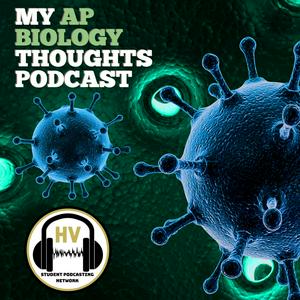My AP Biology Thoughts Unit 8 Ecology EPISODE TITLE: South African Rhino PoachingWelcome to My AP Biology Thoughts podcast, my name is Keenan Wallace and I am your host for this episode called Unit 8 Ecology-Threatened Rhinos in South Africa. Today we will be discussing South African Rhino Poaching and how it relates to the AP Biology Curriculum. Segment 1: Overview of Rhino Poaching numbers poached rising in recent years:13 Rhinos poached in 2007, peaked in 2015 1175 Rhinos killed in south africa in 2015 (more than 3 a day), number poached has since declined with 394 killed in 2020Rhino population has decreased from 1 million in the 1800s to only 27,000 in the wild today.Rhinos are a keystone species: They play an integral role in their ecosystem and many other species in the ecosystem depend on their presenceSegment 2: Evidence that supports dangers of rhino poaching Rhinos are so large that they actually Geo-form: change the land around themRhinos often wallow in mud to keep cool and ward off insects. This helps maintain waterholesWhen the rhinos get out they track the fertile, nutrient rich soil that accumulates in waterholes far and wide, distributing the nutrients. Rhino dung supports other species and food chainsRhino dung fertilizes soilDung beetles lay their eggs in rhino dung, which also supports species that eat the beetle larvaeA number of bird species rely on Rhino dung for insects and seeds. Rhinos support fly and tick species as well as animals that eat them, like terrapins (a kind of turtle) and oxpeckers (the iconic symbiotic relationship)Keep grass short, allowing plant species that can’t survive among long grass to thrive.Segment 3: Connection to the Course Without rhinos, all of these roles would be left unfilled and with its foundation gone the ecosystems would begin to collapse. (keystone species)When you hear about rhino conservation, this is why it matters. Thank you for listening to this episode of My AP Biology Thoughts. For more student-ran podcasts and digital content, make sure that you visit
9:21
